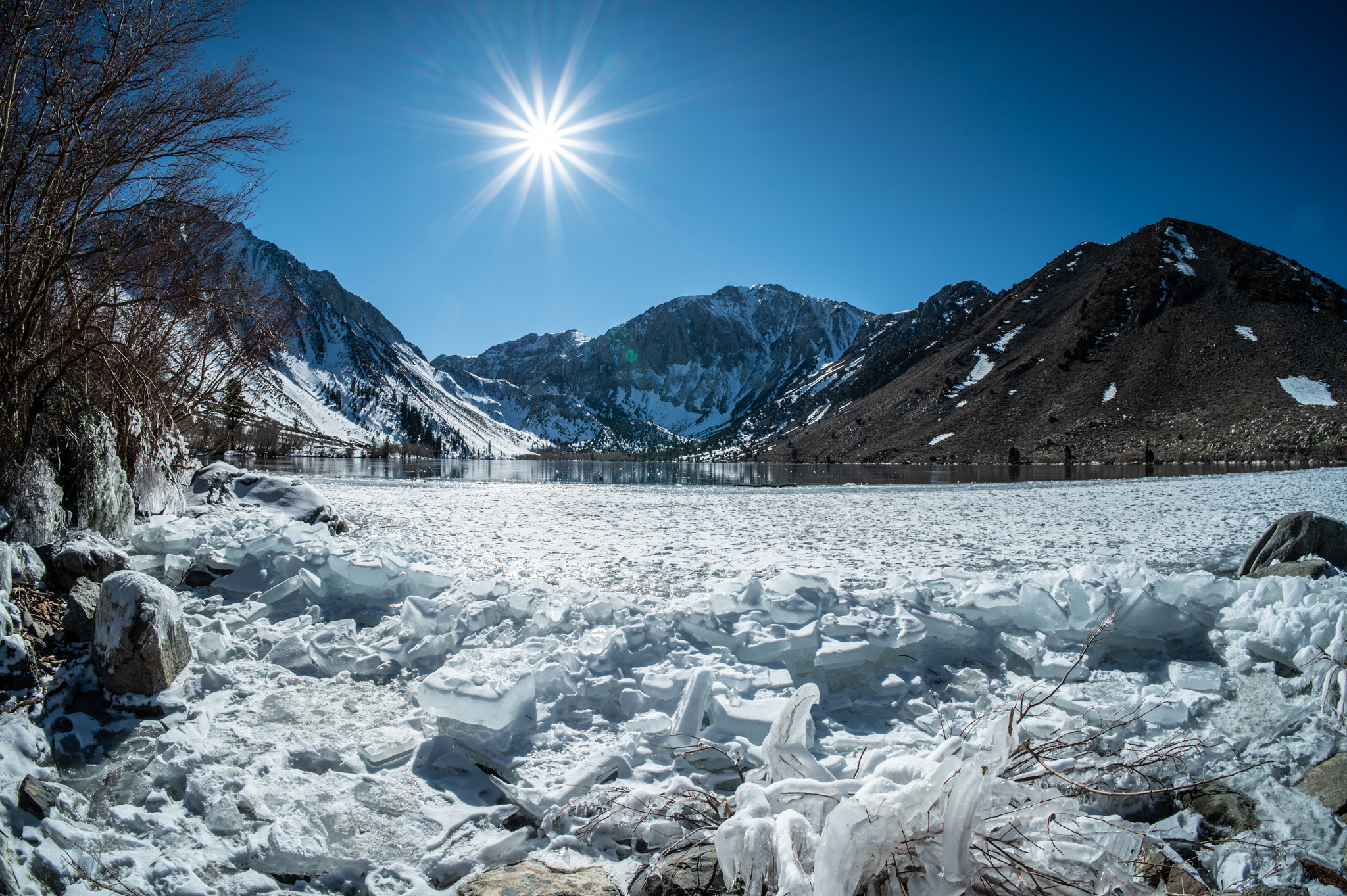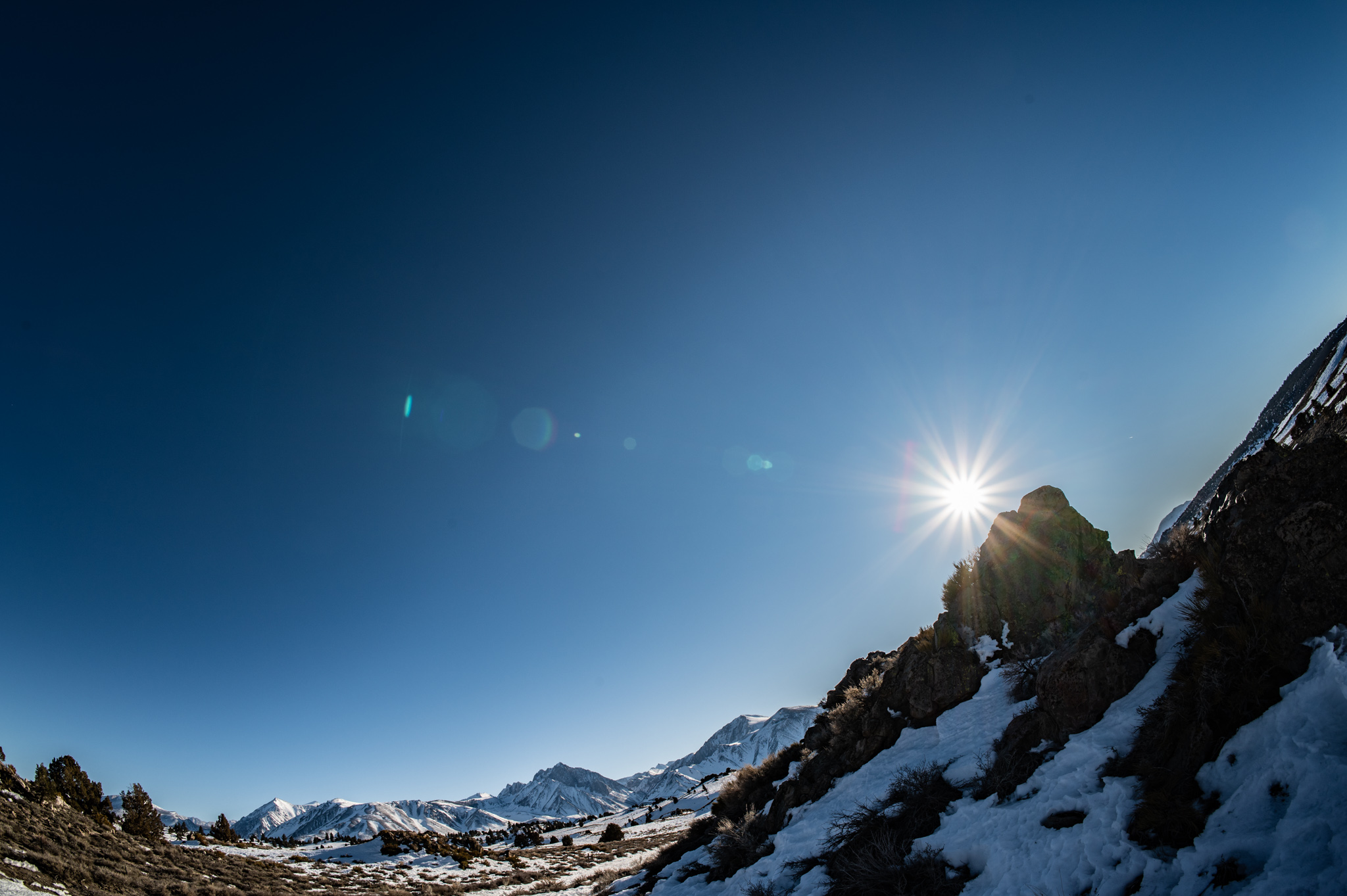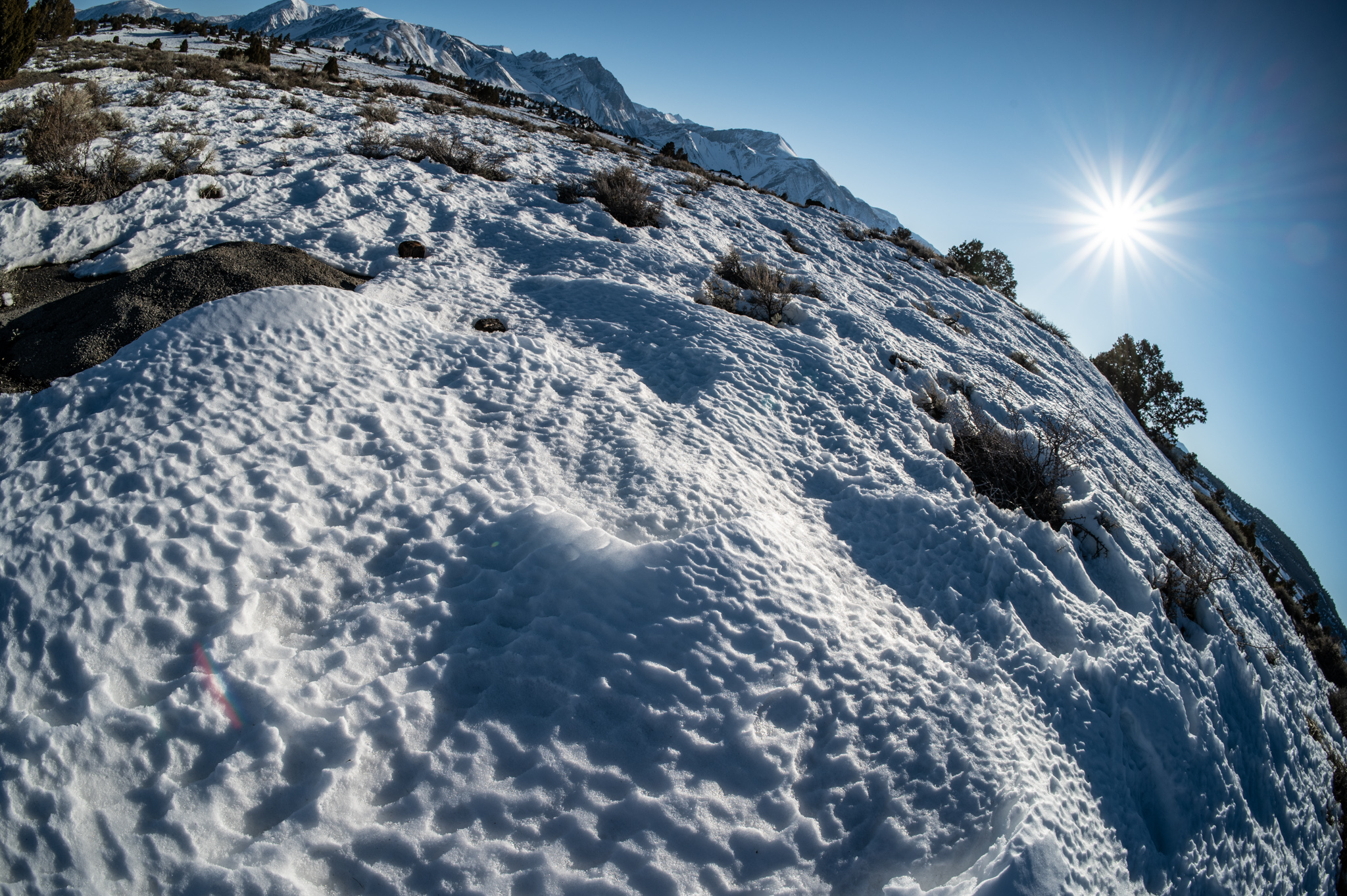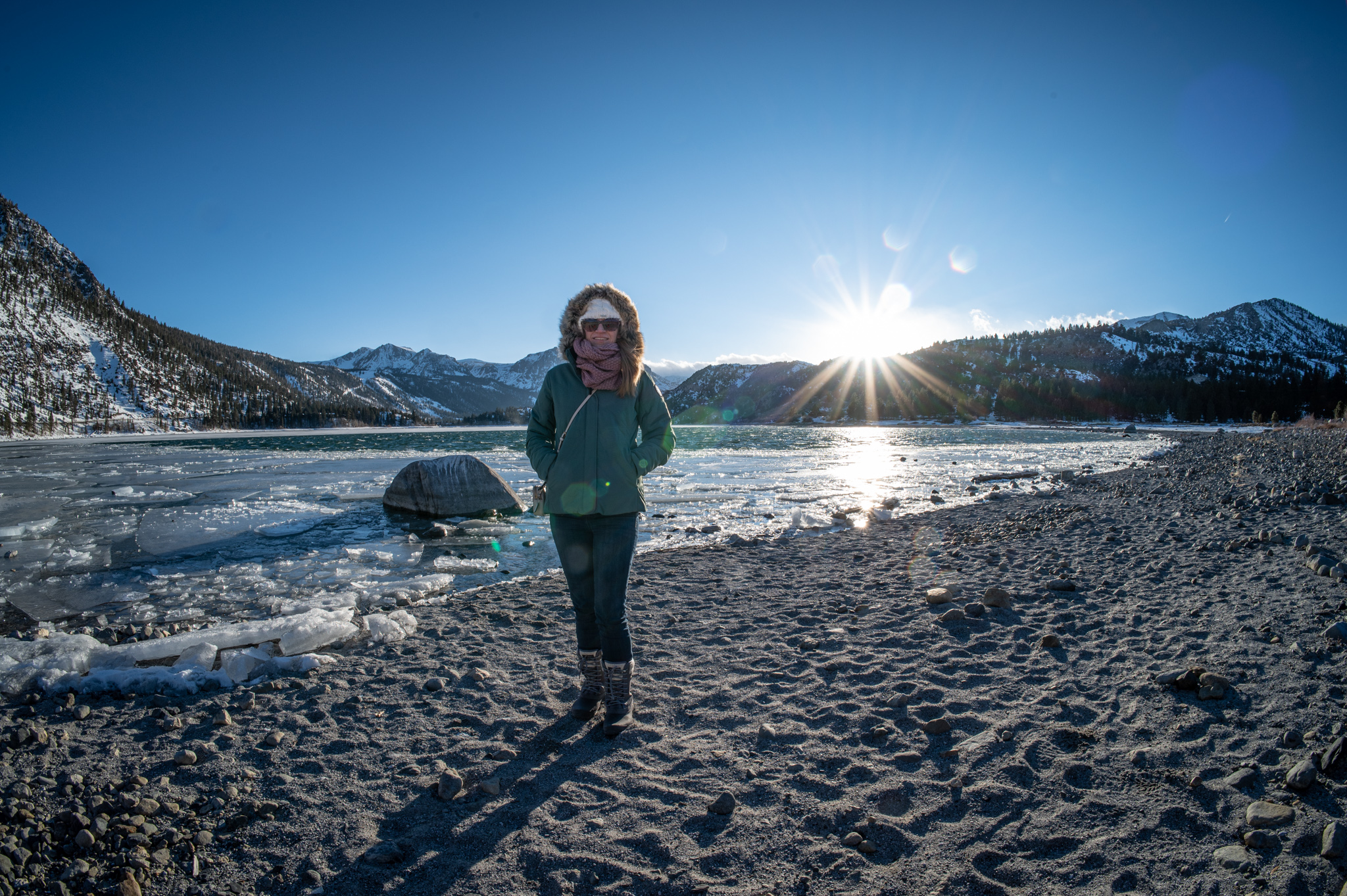Around Mammoth with the TTArtisan 11mm F2.8 Fisheye Lens
The most recent family trip was to go skiing in Mammoth, CA, and I brought my latest lens with me, the TTArtisan 11mm F2.8 Fisheye. It’s my second third-party lens for the Nikon Z system. Like my Tokina SZX 400mm f/8, the TTArtisan is a manual focus non-CPU lens. But those commonalities aside, it is the polar opposite of the Tokina. It has a fast f/2.8 maximum aperture (exclusively controlled over an aperture ring since the lens does not exchange any data with the camera) in contrast to the slow fixed f/8 aperture of the Tokina. And with a focal length of 11mm it is squarely in the ultrawide angle territory, compared to the Tokina with its 400mm super-telephoto focal length at the other end of the spectrum. It ships in a nicely designed box, and considering its compact dimensions it brings some weight to the table: 439g according to the manufacturer.
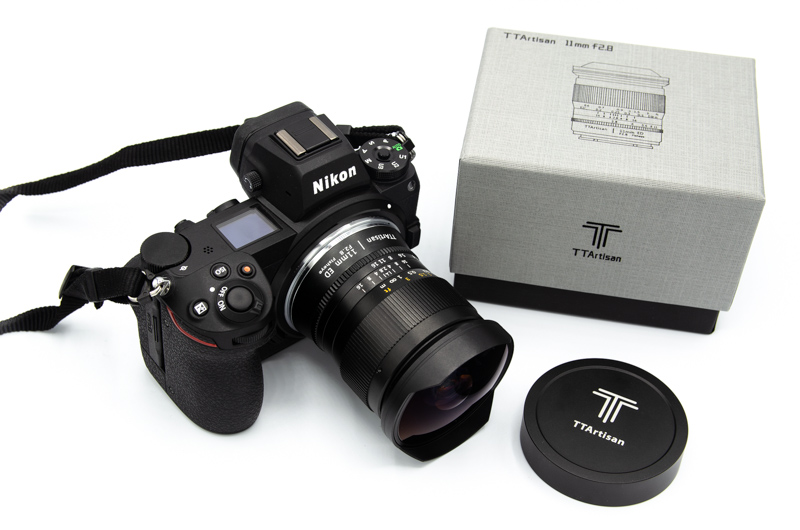
This is my first fisheye lens aside from the lens built into my GoPro, which I mainly use for underwater photography while diving. And it is significantly wider than my previous ultrawide angle workhorse, my Sigma 10-20mm F3.5 EX DC HSM. The Sigma is an an APS-C lens (i.e. equivalent to 15-30mm focal length for a full-frame camera), and I’ve used it for some of my favorite shots made with my old Nikon D5100. The maximum angle of view for the Sigma is 104° while the TTArtisan sports a whopping 180° diagonally. Half my shots have my fingers in one corner of the frame because part of my hand sticks into the lens’s field when using the focus ring. When almost everything in front of the lens ends up in the picture, that is a surprisingly easy mistake to make.
Composition with a lens this wide is tricky. There seems to be always something unwanted at the edge of the frame that can’t be kept out. The fisheye effect is another factor requiring more practice. For landscape photography, keeping the horizon in the center of the frame hides the curvature. Pointing up or down steeply can create interesting dramatic curvature effects, especially with the camera tilted sideways. Alternatively, the fisheye distortion can be removed in post-processing. While lines will then appear straight in the image, the distortions at the edge of the image look very unnatural. Not a problem with the lens, just how the physics work out for small focal lengths.
The lens is sharp and feels solid in the hand. The relatively high weight compared to its size contributes to that. The weight is otherwise in line with other lenses, but considering that it is not exactly versatile, I expect that I won’t lug it unless I’m sure I’ll use it (the Sigma’s focal range covers a lot more useful ground, for example). The manual focus takes some practice, but the large depth of field at 11mm focal distance makes focusing a lot easier than with my 400mm Tokina lens. My one grievance is that since this is a non-CPU lens, aperture settings are not recorded in EXIF data. Nonetheless, at less than $250, this lens is without a doubt a great value.
Below are some snapshots from our Mammoth trip, taken at June Lake, Convict Lake, and on the iced-over path to the Hot Creek Geological Site.
Subscribe via RSS
